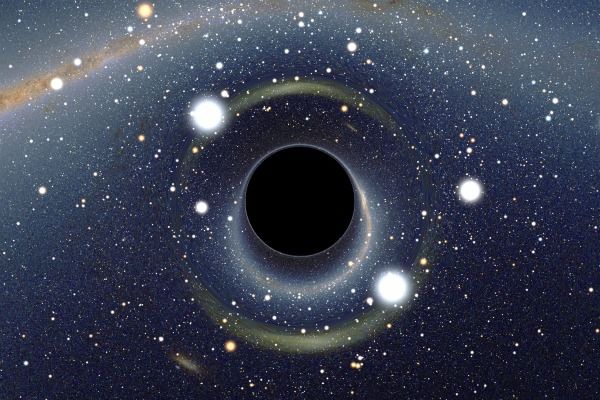Brighter Side of News
2d
78

Image Credit: Brighter Side of News
Astronomers discover what’s at the center of a black hole
- Physicist Enrico Rinaldi's team uses quantum computing and machine learning to map the quantum state of a complex matrix model, aiding in understanding black holes.
- Their work is based on the holographic principle, linking gravity in three-dimensional space and particles on a two-dimensional surface to describe the same reality.
- The holographic idea may extend to the entire universe, suggesting space could be a projection of more fundamental quantum laws.
- Rinaldi's team used quantum computers and deep learning to study matrix models, aiming to find the ground state that reveals clues about space and time.
- Their findings in PRX Quantum contribute to testing the holographic duality and advancing understanding of the universe's structure.
- Quantum matrix models can offer insights into gravity-related phenomena through holographic duality, connecting particle theory with gravity.
- Using quantum circuits and neural networks, Rinaldi's team determined ground states of matrix models to gain a comprehensive view of their wave functions.
- The research opens doors for further exploration in quantum gravity and machine learning algorithms applied to holographic duality.
- Components of black holes, including singularity, event horizon, photon sphere, accretion disk, Doppler beaming, ergosphere, and jets, shape their complex nature.
- Understanding matrix arrangements can provide insights into black hole interiors, contributing to a quantum theory of gravity.
Read Full Article
4 Likes
For uninterrupted reading, download the app